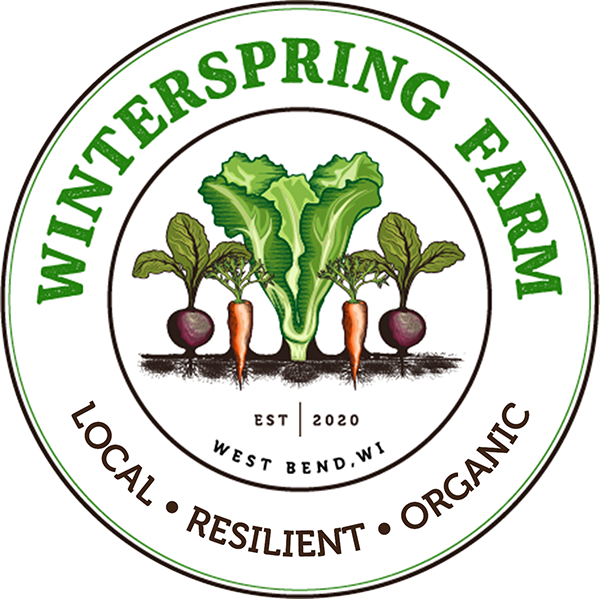Scallion Seedlings 3-pack
SCIENTIFIC NAME:
Allium fistulosum
VARIETIES:
"Parade". Uniform, upright bunching onion, not a single leaf leaning over. Gorgeous rows of dark green and vigorous stalks with no bulbing at all, making cleaning easy and quick. Parade has a nice, mild onion flavor. Uniform size. Upright habit. Sold in packs of 3 cells, with each cell containing about 3 seedlings. Seed source and photo: High Mowing Seeds
CULTURE:
Bunching onions prefer soil with a pH of 6.2–6.8. Extra-hardy varieties will normally survive the winter if the soil is well-drained. During the growing period hill the plants with soil 2 or 3 times, higher with each hoeing. This forces the leaves higher up the plant resulting in extra-long blanched stalks and a much greater edible portion. When using the "dibble method", hilling is reduced or eliminated.
SCIENTIFIC NAME:
Allium fistulosum
VARIETIES:
"Parade". Uniform, upright bunching onion, not a single leaf leaning over. Gorgeous rows of dark green and vigorous stalks with no bulbing at all, making cleaning easy and quick. Parade has a nice, mild onion flavor. Uniform size. Upright habit. Sold in packs of 3 cells, with each cell containing about 3 seedlings. Seed source and photo: High Mowing Seeds
CULTURE:
Bunching onions prefer soil with a pH of 6.2–6.8. Extra-hardy varieties will normally survive the winter if the soil is well-drained. During the growing period hill the plants with soil 2 or 3 times, higher with each hoeing. This forces the leaves higher up the plant resulting in extra-long blanched stalks and a much greater edible portion. When using the "dibble method", hilling is reduced or eliminated.
SCIENTIFIC NAME:
Allium fistulosum
VARIETIES:
"Parade". Uniform, upright bunching onion, not a single leaf leaning over. Gorgeous rows of dark green and vigorous stalks with no bulbing at all, making cleaning easy and quick. Parade has a nice, mild onion flavor. Uniform size. Upright habit. Sold in packs of 3 cells, with each cell containing about 3 seedlings. Seed source and photo: High Mowing Seeds
CULTURE:
Bunching onions prefer soil with a pH of 6.2–6.8. Extra-hardy varieties will normally survive the winter if the soil is well-drained. During the growing period hill the plants with soil 2 or 3 times, higher with each hoeing. This forces the leaves higher up the plant resulting in extra-long blanched stalks and a much greater edible portion. When using the "dibble method", hilling is reduced or eliminated.








